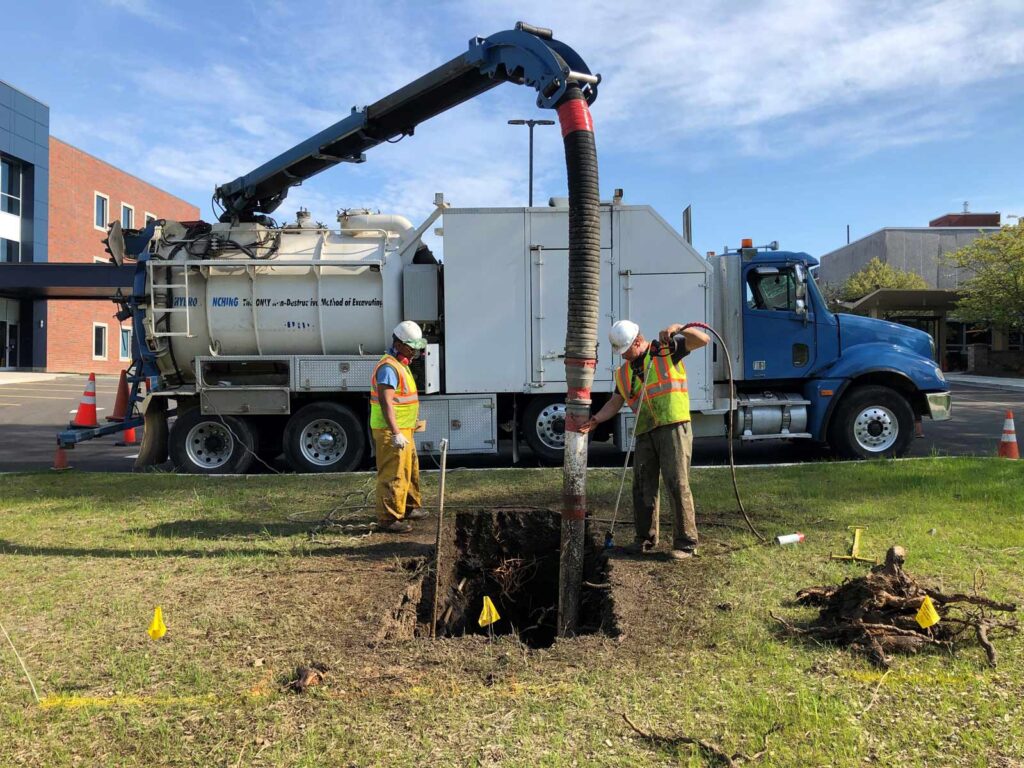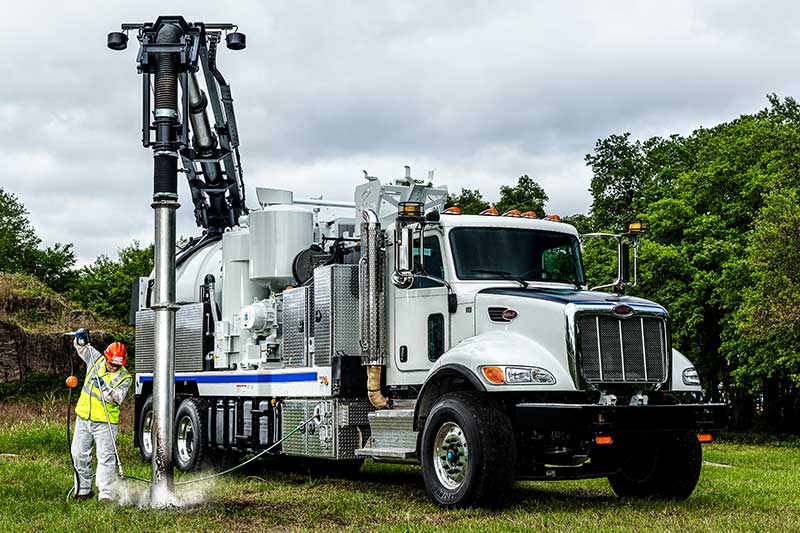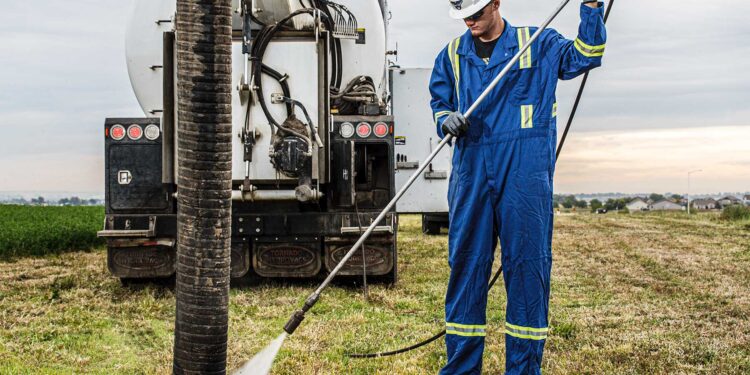Excavation can be tricky, with problems like damaging underground utilities, project delays, and rising costs popping up all the time. Traditional methods just don’t always get the job done safely or accurately, causing a lot of these issues.
That’s where hydro excavation comes in. It helps avoid damaging utilities, keeps projects on schedule, and reduces risks. If you’re looking for a way to dig safely, without delays and extra costs, hydro excavation might be exactly what you need.
Keep reading to see how it’s changing the way we dig and why it could be the perfect solution for your next project!
What is Hydro Excavation?
Hydro excavation is a method used to dig up soil in a safe and efficient way. Instead of using heavy machinery, pressurized water is sprayed to break up the soil into a slurry, which is then sucked up by hydrovac equipment. This technique is often used to find things like utility lines or pipes without causing any damage. It’s a great option because it’s less risky, so there’s a lower chance of breaking or tearing anything underground. It’s a simple, cleaner, and safer way to get to what you need without a mess!
The Basics of Hydro Excavation

Hydro excavation is a game-changer when it comes to digging and preparing sites. It uses high-pressure water and strong vacuums to carefully remove soil, leaving a smaller impact on the land. This method is great for making space for things like underground utilities or other structures.
Unlike older methods that use big machines or manual labor, hydro excavation breaks up the soil with water, which is then sucked up by a vacuum. It’s much more controlled, so there’s less risk of damaging underground pipes or cables, making the process faster and easier. The equipment is specially designed for these tasks.
Whether you’re digging a small trench to find utility lines or uncovering existing pipes, hydro excavation gets the job done more accurately with less mess.
The process starts with a high-pressure hose that breaks up the soil, and a vacuum sucks up the slurry into a tank. This leaves the area clean and ready for the next step of your project.
Hydro excavation keeps the site much tidier than traditional digging. It’s perfect for sensitive or crowded areas where other methods might be too rough or risky.
How does it work?
Hydrovac operators start by using high-pressure water wands to break up the soil and make it softer. Then, they suck up the muddy mix into a tank on an excavation truck. This helps them uncover deeper layers of soil and any underground pipes or wires. Once they’re done, they can release the slurry back onto the ground to cover the exposed facilities.
There are a few different ways hydrovac excavation can be used. Operators might use it for full excavation projects or just to uncover small patches of underground areas to find utilities. Crews can also pick between two types of vacuums: a positive displacement blower or a fan system. Fan systems are lighter, cheaper, and easier to use. They work fast and are great for most tasks. On the other hand, positive displacement blowers are slower but can reach deeper, making them better for tougher excavation jobs.
The Benefits
Hydrovac excavation is becoming a more popular choice compared to traditional mechanical excavation. Here are some of the top benefits:
Low Risk of Injury or Damage: Hydrovac uses water pressure to break through tough grass and soil, which is safer for people and underground utilities. Instead of using heavy machines or sharp metal equipment to dig, it softens the soil and vacuums it up, making it much less likely to cause harm or damage.
Accuracy: Operators use a handheld wand to spray water, cutting and softening the soil. This allows them to work in tight spaces with minimal disruption, even around obstacles like streetlights, signs, or nearby utility systems. The wands are small and flexible, so they can work in all kinds of places.
Works in Winter: Hot water hydrovac systems can even soften frozen soil, making it possible to continue construction and repair projects during colder months.
Faster Project Completion: Traditional excavation tools can tear through pipes and utilities, causing delays and costly repairs. But hydrovac excavation is gentler and more precise, reducing the risk of damage and helping to keep projects on track and finished on time. It’s a quicker and more efficient process overall.
Hydrovac Applications

Hydrovac systems are used on many types of job sites, like for construction, repairs, maintenance, and inspections. Some of the tasks they’re great for include:
- Removing debris
- Exposing pipes or utilities (daylighting)
- Finding underground utilities
- Installing lines
- Putting up signs
- Setting up poles
- Digging small holes (potholing)
- Inspecting, repairing, and maintaining sewers
- Digging trenches or narrow trenches (slot trenching)
Hydro Excavation in Different Industries
Hydro excavation is super handy and used in a bunch of industries. In construction, it’s great for digging foundations, whether it’s for a house or a big office building. It’s popular because it’s precise and doesn’t mess up existing utility lines.
For roadwork, hydro excavation is a big help. It reduces the amount of digging needed, which means fewer traffic jams and quicker repairs.
The oil and gas industry also finds it really useful. When they need to fix or maintain underground pipelines, hydro excavation gets the job done quickly and cleanly.
Power companies love it too. They use it to dig perfect holes for utility poles without damaging any nearby cables.
Even environmental projects are getting in on the action. Hydro excavation is great for things like soil testing and cleanup because it focuses on specific areas without causing a big mess.
Conclusion:
Hydro excavation is a much safer and easier way to dig. It uses water to break up the soil and a vacuum to suck it up, which helps avoid damaging underground utilities. This method is more precise and creates less mess, making it perfect for projects where traditional digging might cause problems. Whether you’re working on a big construction project or a small repair, hydro excavation helps keep things on track and reduces the risk of delays or extra costs. It’s a smart, modern way to dig that’s safer, cleaner, and more efficient.







